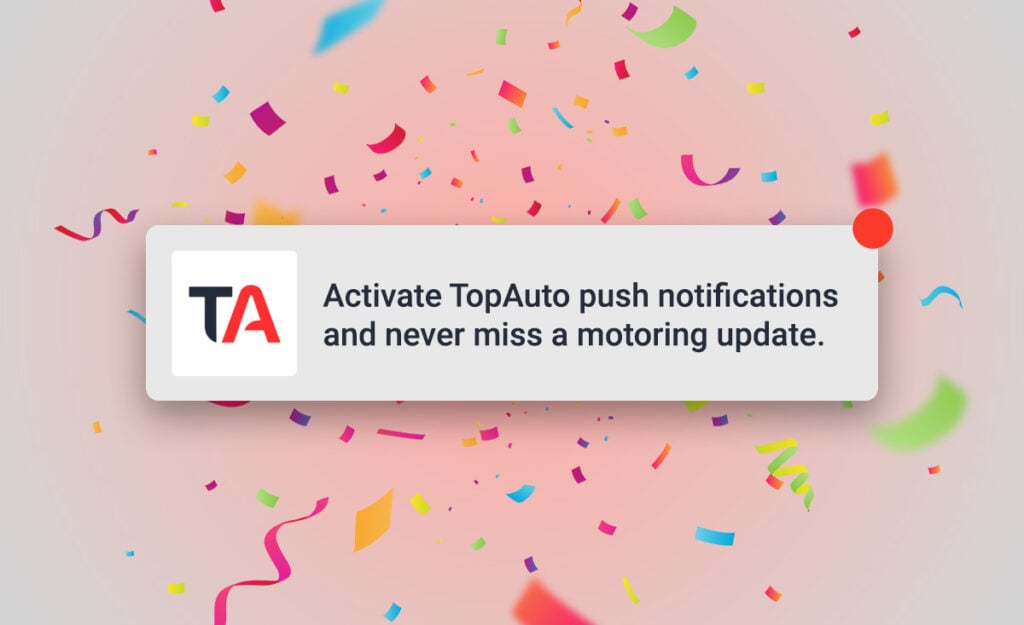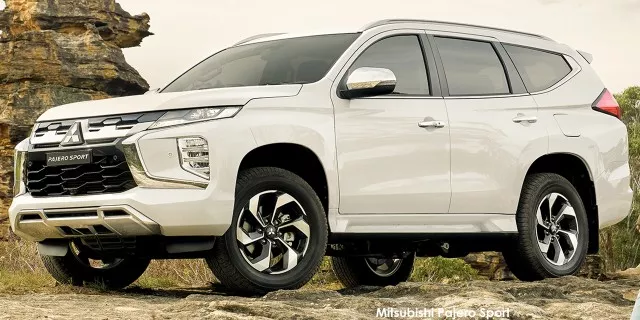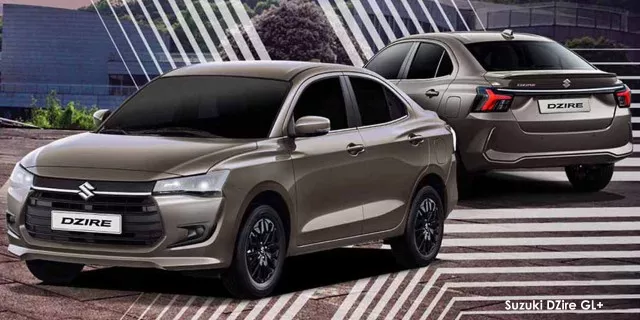What you should know before buying an old BMW or Mercedes in South Africa
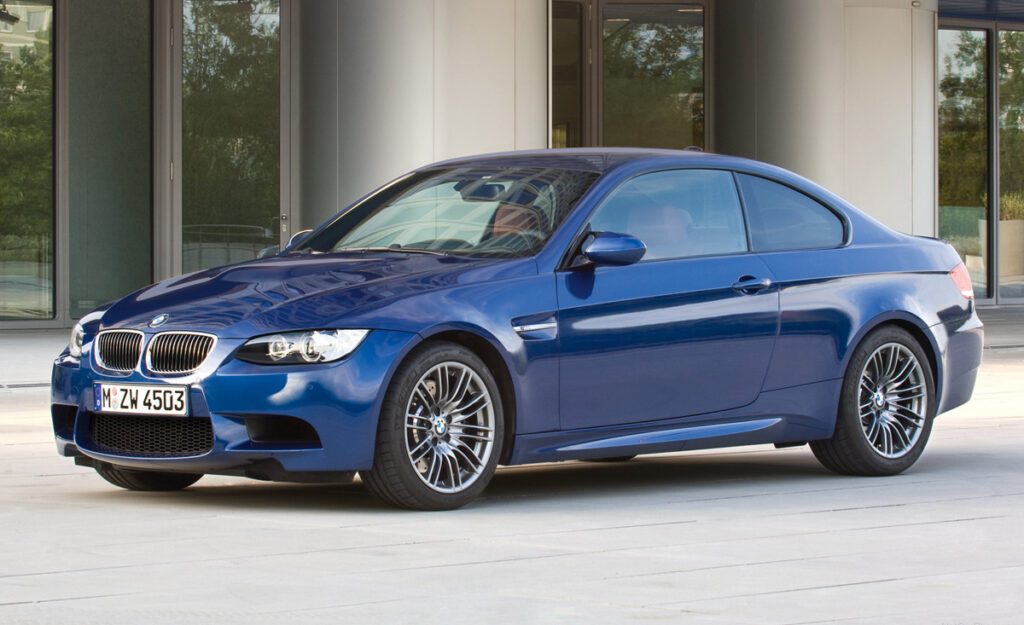
Before buying that old BMW or Mercedes you’ve had your eye on, you should know that while prices of these premium vehicles dropped to much more affordable levels than when they were new, the cost of maintaining them has done the opposite.
As time passes and new generations arrive, the parts required to fix an ageing car become scarcer and demand dives, which generally pushes up the price as it now becomes a hassle to track down the right pieces to fix your car when something goes wrong.
Consider a first-hand experience from someone who once owned an old(er) BMW 3 Series.
Paying a couple thousand a month on running costs for such a sweet ride? That’s an easy pill to swallow. Having to unexpectedly fork out over R12,000 for just two new low-profile tyres after hitting a particularly gnarly pothole? Not that easy of a pill to swallow.
If a component is not as readily available as it was in my case, you may have to look through online marketplaces, scrap heaps, or import it from overseas – which can be time consuming, money consuming, or more often than not, both.
Likewise, repairing an older car may require a specific set of skills and tools that are no longer easily available as the industry has moved past the need for them.
This can lead to shoddy workmanship as the mechanic now has to jerry rig a solution to your problem which, again, adds time and money to the repair bill, and, possibly, more damage down the line.
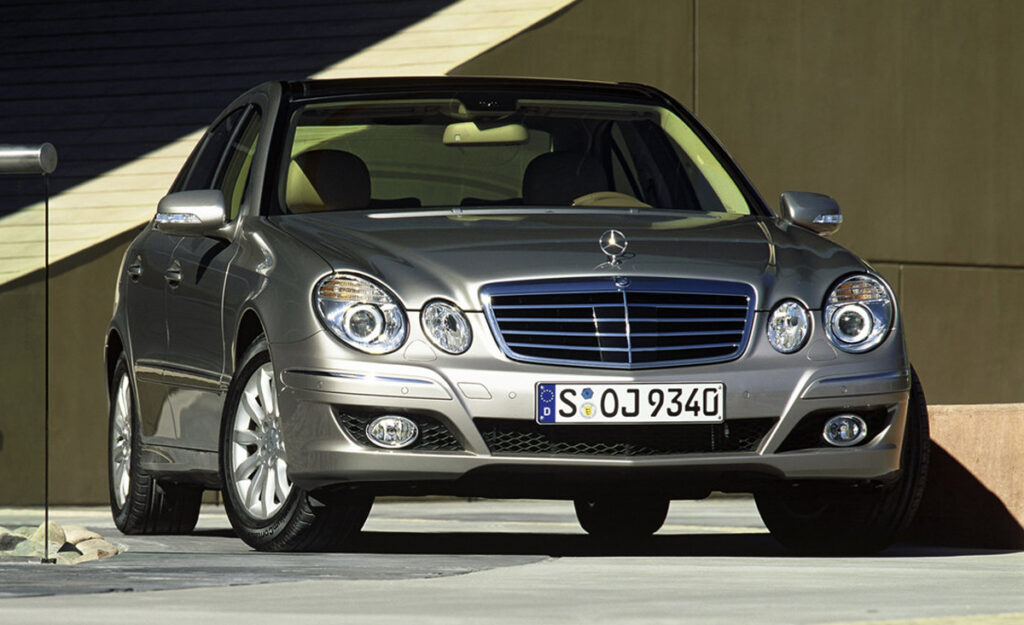
Experts agree
But don’t just take my word for it. Many experts have weighed in on the matter and most agree that, unless you have the time and ability to do the work yourself, or can afford to pay someone without breaking the bank, it’s better to steer clear of that shiny European wheels that are the same price as a factory-fresh budget hatch.
Michael Pashut, owner of online vehicle platform ChangeCars, recently discussed high-mileage German autos in an interesting podcast.
Pashut was asked a hypothetical question of: “Would you buy a high-mileage German car?”
The short answer, he said, is “no.”
The long answer boils down to the same conclusion but gives proper reasoning for such.
Pashut explained that when someone buys a brand-new car from, say, Audi, BMW, Mercedes-Benz, or Volvo, they generally receive a five-year maintenance plan included in the purchase.
For the next five years that car is meticulously maintained as the owner sends it to their dealer once a year for its annual checkup which they don’t pay for, and continue driving it without having to think of maintenance or repairs as that was already taken care of for free.
Fast forward half a decade down the line; the maintenance plan is on its last legs and the odometer is teetering on 100,000km.
“Your time is up, you take it for its next service which you are paying for, and they give you a quote for R35,000,” said Pashut.
Of this quote, about R8,000 to R10,000 will be essentials like brake pads, oils, and filters. The remainder is for things such as preventative work on the suspension, handbrake, and exhaust.
More often than not, the owner is convinced that the car doesn’t need any preventative repairs as it feels just fine, and only signs off on the minor R10,000 service.
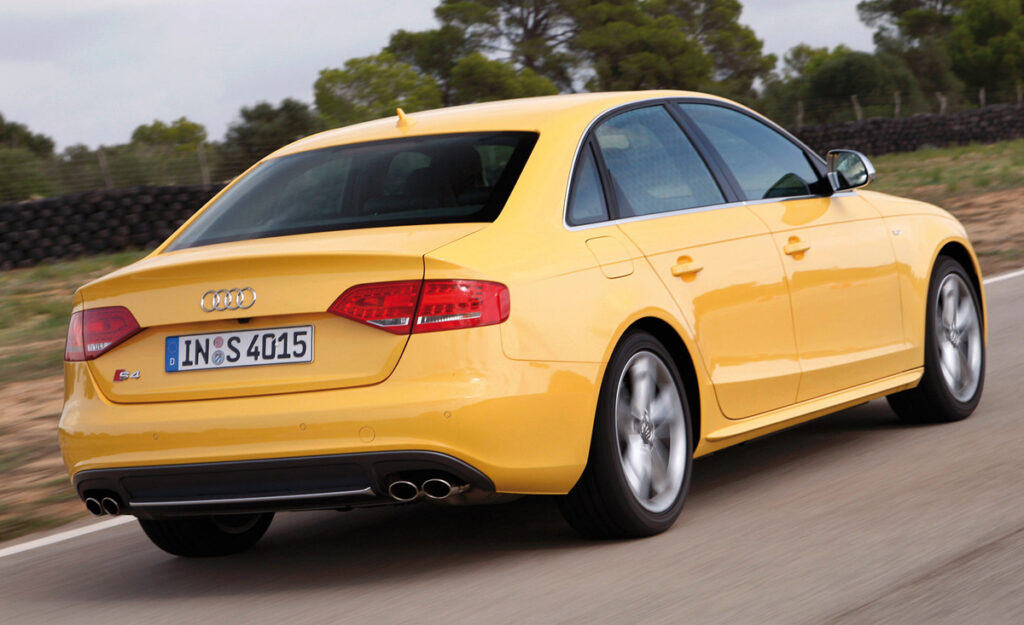
“Come the 120,000km service, you go back to the same Audi, BMW, Mercedes, Volvo, whatever the case may be, and now your quote is for R45,000,” said Pashut.
“But, something has changed. It’s still R8,000 to R10,000 for the lubrication and the basics that are wear and tear items, but now you started to hear that noise, and what they told you you needed to do 10,000km ago on the suspension, you’re actually now feeling it.”
Again, the owner signs off on the basic service, gets their book stamped, and drives away.
This time around, however, the car feels and drives different, and it makes funny noises it never used to, so they decide it’s time to part ways and get themselves into a new ride that’s still covered under a maintenance plan.
Now the once meticulously maintained six-year-old car is standing on the dealer floor with 123,000km on the clock, a full service history, and a great price to boot.
The next buyer thinks they’re getting a bargain, but they’re in fact not, as they now have to deal with all the expensive maintenance the previous owner didn’t want to.
“Long and short, a German or Swedish car with high mileage is going to be costly to maintain,” concluded Pashut.
“It stop being maintained properly months and thousand of kilometres ago.”



